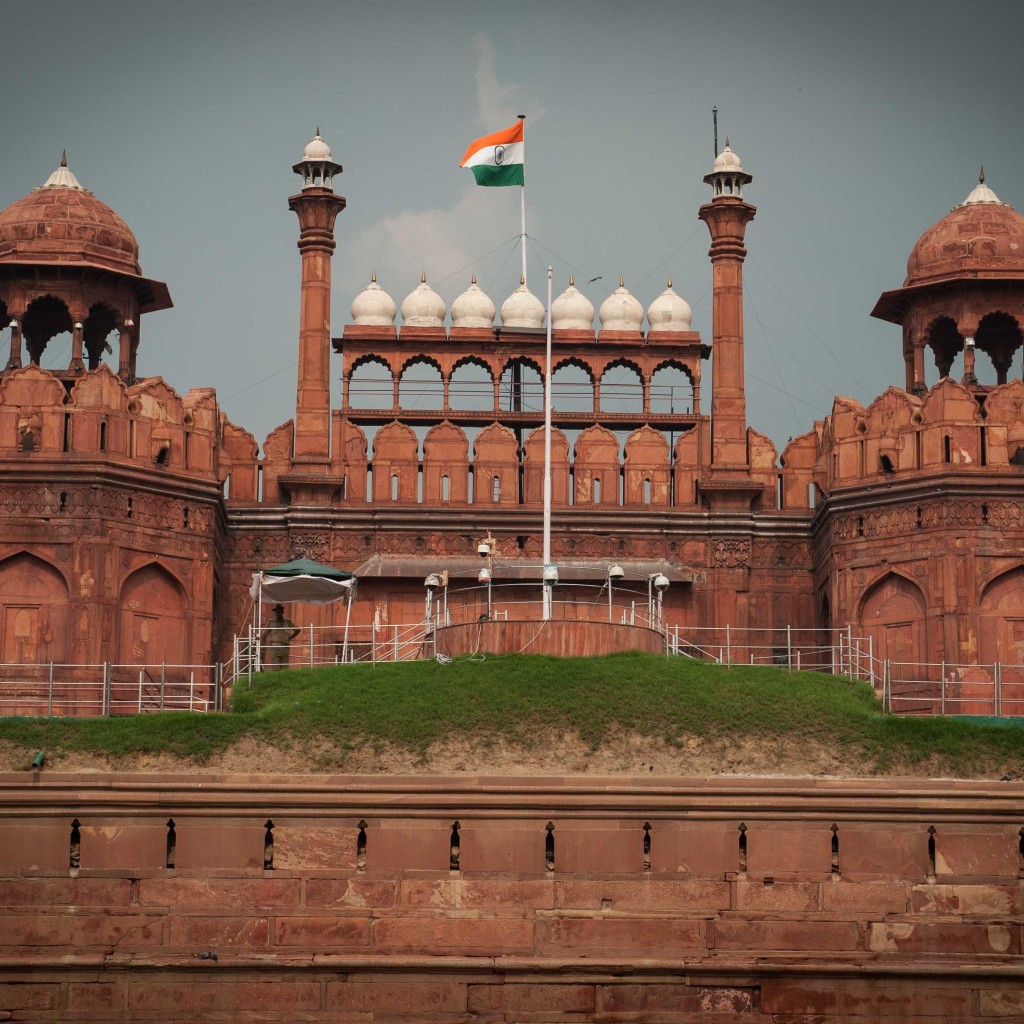India’s Many Names: A Journey Through Its Multifaceted Identity

India, the vibrant and diverse South Asian nation, has been known by numerous names throughout its rich history. Each name reflects a distinct facet of its cultural, geographical, and historical tapestry. From ancient times to the modern era, India’s nomenclature has evolved, mirroring the complexities of its identity. Let’s embark on a journey through India’s various names and discover the multifaceted nature of this remarkable country.
- Bharat:
-
- One of the most widely recognized names for India is “Bharat.” It finds its roots in ancient Indian scriptures, particularly the Mahabharata and the Puranas. According to Hindu mythology, Bharat was named after the legendary King Bharata, an ancestor of the Pandavas and Kauravas. This name reflects India’s deep connection to its mythological past and Hindu heritage.
- Hindustan:
-
- The term “Hindustan” has historical connotations and was used by Persian and Arab travelers to describe the region beyond the Indus River. Over time, it became synonymous with the Indian subcontinent and was used to denote the land of Hindus. It highlights India’s cultural diversity and its role as a melting pot of religions and traditions.
- India:
-
- The name “India” is derived from the River Indus, which has played a significant role in the country’s history. It was popularized by the Greeks and later adopted by Western civilizations. India, as a name, reflects the country’s global identity and its place in the world as a major cultural, economic, and political force.
- Bharatvarsha:
-
- “Bharatvarsha” is another ancient name for India, often found in Hindu scriptures. It encompasses the entire subcontinent and underscores India’s historical continuity as a unified land with a rich spiritual and philosophical heritage.
- Aryavarta:
-
- The term “Aryavarta” refers to the “Land of the Aryans” and was used in ancient Indian texts to denote the northern plains of India. It highlights the historical significance of northern India as the cradle of Vedic civilization and classical Indian culture.
- Jambudvipa:
-
- In Jain cosmology, India is referred to as “Jambudvipa,” signifying the southern continent. This name reflects India’s importance in Jainism and its role as a hub of Jain philosophy and culture.
Conclusion:
India’s myriad names offer a glimpse into its multifaceted identity, rooted in its deep historical, cultural, and geographical diversity. Whether referred to as Bharat, Hindustan, India, Bharatvarsha, Aryavarta, or Jambudvipa, each name tells a story of India’s rich heritage, its spiritual depth, and its enduring influence on the world stage. These names remind us that India is not just a nation but a mosaic of traditions, languages, and beliefs that have thrived for millennia. Embracing this diversity is essential in understanding and appreciating the true essence of this incredible land.





